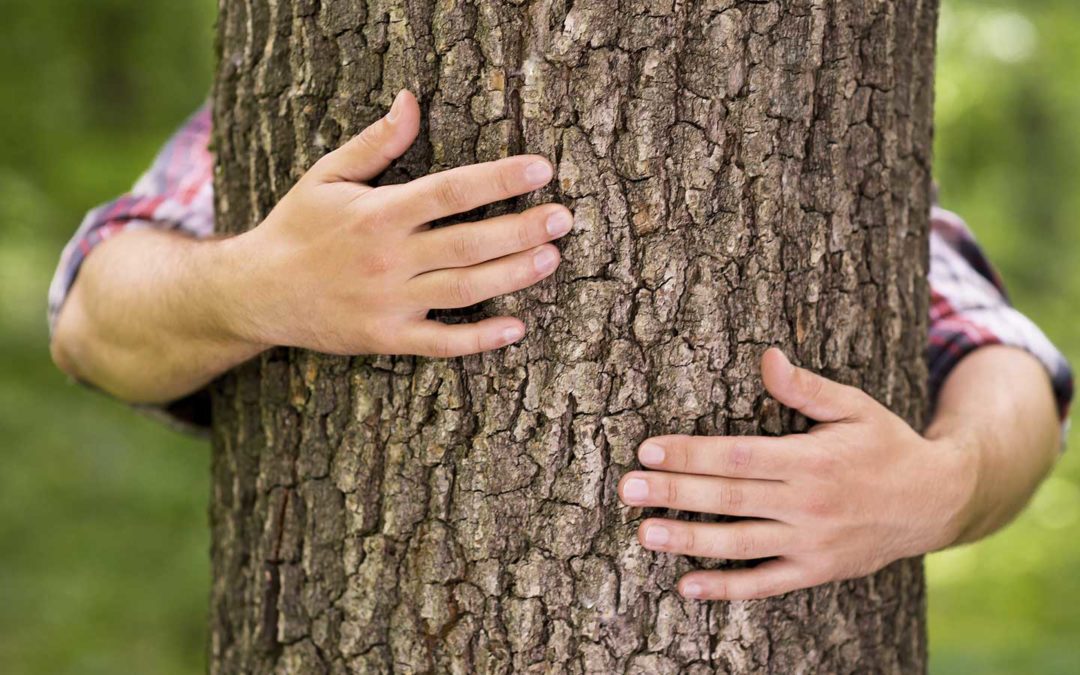In the aftermath of the storm, we are so sorry to see the devastating loss to our beautiful Brainerd lakes area. We hope you are all managing the best you can. When it comes to dealing with your damaged trees, shrubs and perennials, don’t make a hasty decision. Our living friends have an amazing ability to recover! Hopefully these tips below will help as you begin the clean up process.
Assessing your Trees:
* Approach with caution. If a large tree or branch is hanging or under tension, seek professional help.
* Then ask the following questions from the MN DNR:
1. Other than the storm damage, is the tree basically healthy and vigorous? If the tree is basically healthy, is not creating a hazard, and did not suffer major structural damage, it will generally recover if you take first aid measures immediately.
2. Are major limbs broken? The larger a broken limb, the harder it will be for the tree to recover from the damage. If most of the main branches are gone, the tree may have little chance of surviving.
3. Has the leader, the main upward-trending branch been lost? In species where a leader is important to upward growth or desirable appearance, it may have to be a judgment call. The tree may live without its leader, but it will be stunted or deformed.
4. Is at least 50 percent of the tree’s crown (branches and leaves) still intact? This is a good rule of thumb on tree survivability. A tree with less than half of its branches remaining may not be able to produce enough food to survive another season.
5. How big are the wounds? The larger the wound is in relation to the size of the limb, the less likely it is to heal, leaving the tree vulnerable to disease and pests. A 2- to 3-inch wound on a 12-inch diameter limb will seal over with new bark within a couple of years.
6. Are there remaining branches that can form a new branch structure? The remaining limbs will grow more vigorously as the tree tries to replace its missing foliage. Look to see if branches are in place that can eventually fill out the tree’s appearance.
Once you’ve assessed your tree, it will generally fall into one of three categories:
1. It’s a Keeper
* Though major limbs may be broken or damaged, trees will often look worse than they actually are. If your tree branches are broken, they have to be cut. This especially applies to any smooth-skinned trees, such as maple, flowering crabs and fruit trees. If a clean cut is not made, its smooth skin will continue to tear and peel.
* Make sure your tools are clean and sharp, which will allow you to get a nice clean cut.
* It is a good idea to apply a pruning sealer to any exposed areas of the tree. Unfortunately, this is prime time for disease and insects, so a sealer is important.
2. Wait and See
It is ok to wait a few weeks or months before making your decision. After carefully pruning broken branches, it is best to give the tree some time to recover.
3. Say Goodbye
Some trees simply can’t be saved or are not worth saving. If the tree has already been weakened by disease, if the trunk is split, or if more than 50 percent of the crown is gone, the tree may have lost its survival edge.
Tips for Saving your Perennials, Shrubs and Annuals:
* Any foliage on smashed perennials should be cleaned up. If the roots are still intact, the plant is not dead. Try to leave us much good foliage as possible for photosynthesis to occur. If the perennial is totally smashed, go ahead and cut it back. You don’t have anything to lose at this point anyway, so you might as well at least give it a try.
* We recommend applying “Plant Starter B1” to any damaged perennials. It will help with the shock and stress, and encourages growth of healthy root hairs which collect energy. This product is so good, Shelly says she’d drink it if she could!
* We do not normally recommend applying fertilizer in July due to potential for burning, and we really don’t want to encourage a big push of growth at this time in the season. If you feel like you must fertilize, an organic fertilizer, such as Bone Meal, is ok due to its less harsh ingredients and lower nutrient numbers.
* This same advice would generally apply to your shrubs as well. If 50% or more of the leaves are still there, the shrub should survive. Go ahead and trim off the broken branches, and pray for the best.
* Any damage to your annuals should be pinched off. Applying a good “Rooting and Blooming” fertilizer would be a smart choice.

